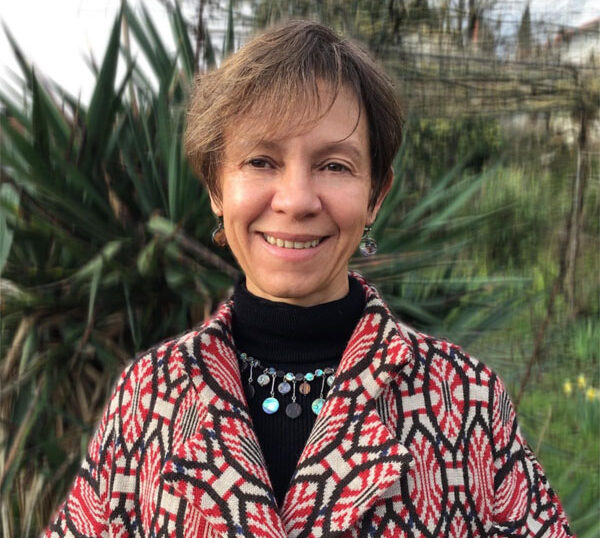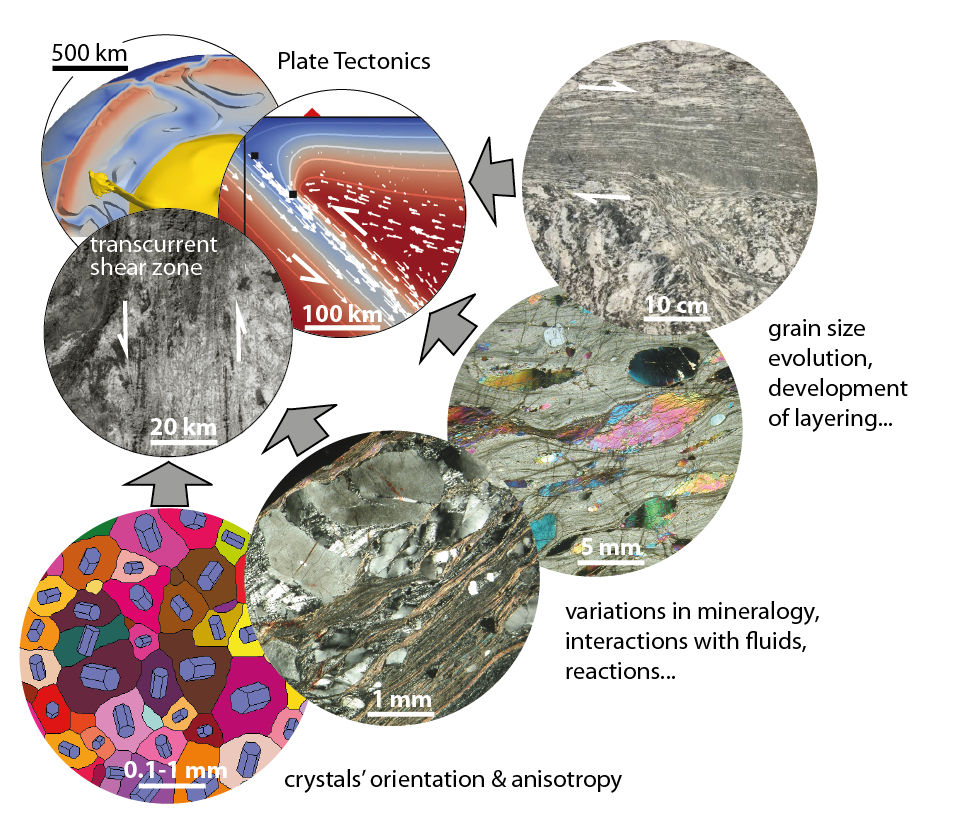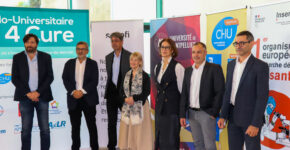Andrea Tomassi: A grant to revolutionize geodynamics
April also saw the success of Andréa Tommasi, Director of Research at the Geosciences laboratory of the University of Montpellier, winner of a European Research Council grant for her RhEoVOLUTION project. A good start to the year for this specialist in terrestrial deformation, who was also awarded the CNRS silver medal in 2020.

There were almost two thousand candidates from all over Europe on the starting line, but only 185 winners were awarded a grant from the European Research Council (ERC). Reserved for established researchers, the €2.5 million Advanced Grant provides funding for an innovative and original research project over a five-year period. I've been preparing this project for two years now," explains Andrea Tommasi, research director in the " Mantle and Interfaces " team at the Montpellier Geosciences laboratory. Thanks to this grant, we'll be able to focus on a fundamental research project with no immediate spin-offs, by financing research, post-doctoral fellows, doctoral contracts, etc.". With 11 winners, the CNRS is the most awarded institution in Europe by the ERC.
Better predicting the Earth's deformation
Andréa Tommasi's project, called RhEoVOLUTION, aims to provide the community of scientists studying Earth deformation with a new tool for predicting where and how deformation is localized in the plates that form the outer shell of the solid Earth.
Today, it is very difficult to simulate terrestrial deformation," explains Andréa Tommasi. This is because this deformation is very heterogeneous and results from the interaction of processes taking place on scales ranging from the micron to several hundred kilometers. It's like trying to open a Russian doll without being able to reach the smallest one.
 This difficulty is also due to the wide range of physico-chemical processes involved in rock deformation. And also, the fact that rocks are anisotropic, i.e. the way they deform depends on the orientation of forces relative to their internal structure. " As with climate prediction, we propose to use stochastic approaches and include the variability of rock mechanical behaviors as parameters in our models. This variability is known from observation of rocks, but also from experiments on analogous materials with in-situ observations. "continues the researcher.
This difficulty is also due to the wide range of physico-chemical processes involved in rock deformation. And also, the fact that rocks are anisotropic, i.e. the way they deform depends on the orientation of forces relative to their internal structure. " As with climate prediction, we propose to use stochastic approaches and include the variability of rock mechanical behaviors as parameters in our models. This variability is known from observation of rocks, but also from experiments on analogous materials with in-situ observations. "continues the researcher.
The aim is to be able to explain the processes responsible for plate tectonics, and in particular the formation of new plate boundaries, more than 50 years after this paradigm was first established. "But we also hope to apply these models to current issues, such as ice sheet deformation.
A career marked by success
Brazilian-born Andréa Tommasi joined the CNRS in 1998. From the start of her career, she has been interested in the processes responsible for terrestrial deformation at all scales. In 2016, she was elected a Fellow of theAmerican Geophysical Union, an award recognizing researchers who have made outstanding contributions to the earth sciences. In 2020 Andrea Tommasi was also awarded the CNRS Silver Medal. " It's a great start to the year for me, with a medal for my previous research and a grant for future projects," she enthuses.
